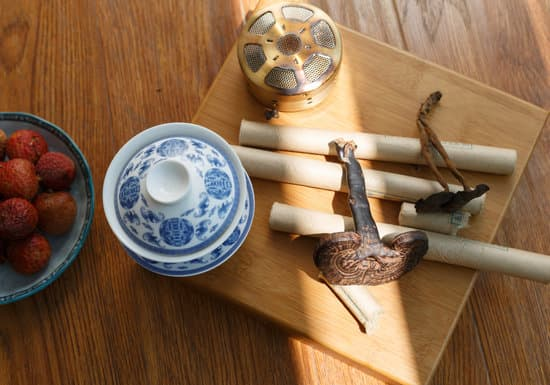

Beware of Blood Stasis Constitution! Ancient Methods for Regulating Qi and Blood, with Tips for Natural Thrombolysis
In the early morning, Mr. Zhang suddenly felt numbness in his legs while walking, and upon examination, it was found that a thrombus had quietly formed in his lower limbs. Traditional Chinese Medicine (TCM) believes that a thrombus is essentially a result of “Qi and Blood Stagnation,” similar to sediment accumulating in a river, which slows down blood flow, allowing phlegm, dampness, and other pathogenic factors to coagulate. This is particularly concerning for individuals with hypertension, as Qi stagnation can lead to erratic blood flow, potentially resulting in more severe cardiovascular issues if not addressed promptly.
Unblocking Meridians is the Primary Principle
Ancient TCM texts state: “When the meridians are unblocked, all diseases are alleviated.” To address thrombus issues, one must start by unblocking the Qi and Blood throughout the body. Moxibustion at acupoints such as Guanyuan (CV4) and Zusanli (ST36) can warm Yang and transform dampness; Tui Na (Chinese therapeutic massage) on the Gallbladder and Liver meridians can help disperse stagnant Qi. There have been cases where patients who consistently tapped the Gallbladder meridian and combined it with herbal foot baths saw significant reductions in vascular obstruction after six months. It is important to note that treatment should be gradual, avoiding impatience for quick results.
Harmonizing Qi and Blood Requires Both Internal and External Approaches
Mr. Li, 65, has had hypertension for ten years and began focusing on health preservation after suffering a stroke last year. He practices Ba Duan Jin (Eight Pieces of Brocade) every morning and incorporates blood-activating foods like black fungus (Auricularia auricula) and hawthorn (Crataegus) into his diet. In the evening, he brews saffron (Crocus sativus) with Astragalus (Huang Qi) as a tea. After three months, his previously stiff limbs became more flexible, and his dizziness symptoms improved. TCM emphasizes that “Blood is the mother of Qi”; sufficient Qi and Blood are necessary to promote the resolution of blood stasis.
The Unique Effects of Qinghai Saffron
Among many blood-activating herbs, Qinghai saffron is considered a “sacred product for the blood.” Its flavor is sweet and neutral, entering the Heart and Liver meridians, and can deeply resolve accumulated blood stasis. The unique high-altitude environment contributes to its rich active components, which can enhance cardiac pumping function and improve microcirculation. Clinical observations have shown that consuming 3-5 strands of saffron daily for two months significantly aids in improving vascular elasticity.
Three Principles for Daily Regulation
1. Morning exercises should be done after sunrise, practicing Tai Chi or walking until slightly sweating, avoiding intense exercise that depletes Zheng Qi (vital energy).
2. Dietary guidelines should follow “less salt, less oil, more fiber,” with dinner at seven-tenths full to avoid internal phlegm and dampness.
3. Emotional regulation is crucial; maintaining a peaceful mind through activities like calligraphy or fishing can help ensure smooth Liver Qi, thus promoting blood circulation.
Mrs. Wang, 78, has consistently brewed corn silk (Zea mays) as tea and combined it with moxibustion at the Yongquan (KD1) acupoint. Over five years, she has not experienced a recurrence of thrombus. These methods may seem simple, but they have profound effects on regulating constitution. If you also have cardiovascular health needs, feel free to leave a message describing your specific symptoms for personalized health advice.


